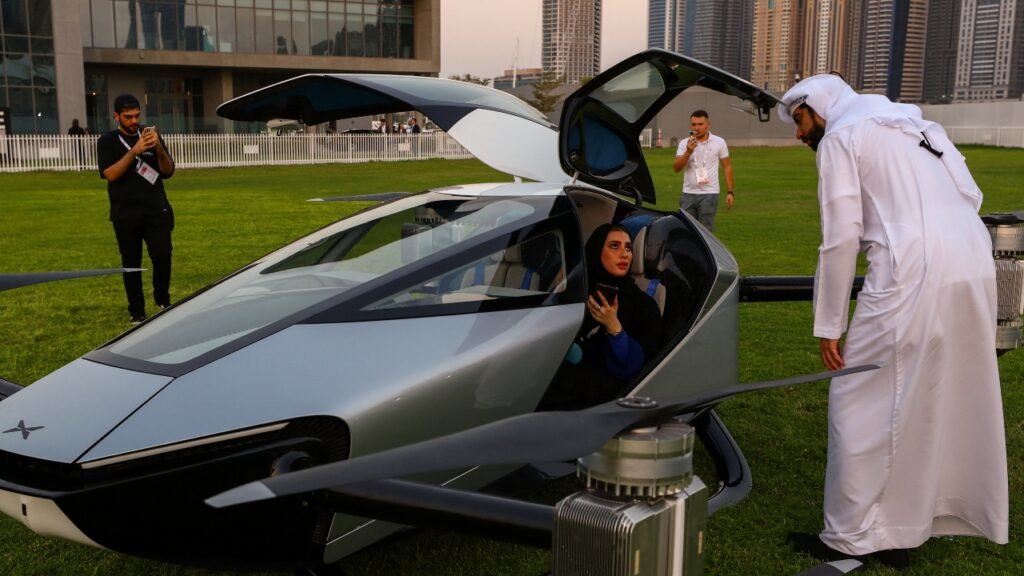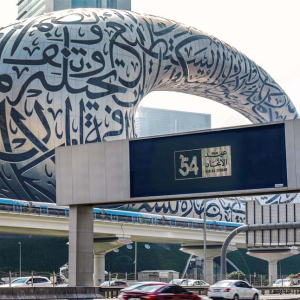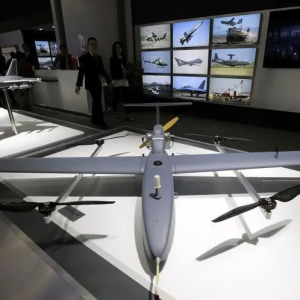Flying car demonstration Dubai has taken the world by storm, offering a glimpse into the future of personal transportation. O the bustling city of Dubai became the stage for a revolutionary leap in mobility technology. A flying car successfully completed a public demonstration, signaling the start of a new era where personal flight may become a reality for ordinary people.
The demonstration captivated not only enthusiasts of futuristic technology but also city planners, investors, and the general public, all of whom are eager to see how this innovation might reshape urban life. This event was not just a technological showcase; it represented a bold statement about the future of travel, transportation, and even urban planning. Dubai, a city known for embracing cutting-edge technologies, once again positioned itself as a global hub for innovation and experimentation.
What Makes the Flying Car Unique
Flying car demonstration Dubai highlighted a vehicle unlike anything currently available. This flying car is not merely a drone with wheels or a small aircraft with limited mobility. Instead, it is a fully functional hybrid vehicle that operates both as a conventional car and a vertical takeoff and landing aircraft.

The vehicle features a detachable air module mounted on a ground car chassis. This modular design allows for seamless transformation from driving mode to flying mode. The air module is equipped with multiple rotors arranged in a foldable, dual-channel configuration, ensuring stability during vertical takeoff, hover, and flight. Once airborne, the vehicle transitions into a more traditional airplane-like mode, allowing it to travel at higher speeds over urban landscapes or open areas.
The integration of advanced navigation systems, collision avoidance sensors, and automated flight controls ensures that the flying car is safe and user-friendly. The vehicle is designed to be operated by people with minimal flight training, making personal flight accessible to a wider audience than ever before.

Dubai The Perfect Launchpad for Personal Flight
Dubai has long been at the forefront of adopting futuristic technologies. Its infrastructure, forward-looking regulations, and public enthusiasm for innovation make it the ideal testing ground for flying cars. The city’s expansive skyline, modern roads, and strategic location as a business and tourism hub make it uniquely suited for exploring urban air mobility.
The flying car demonstration Dubai not only provided a live showcase of this technology but also demonstrated the potential for integrating such vehicles into the city’s transportation network. Urban planners and transportation experts are now discussing ways to accommodate flying cars in existing road networks, air corridors, and landing infrastructure.
Dubai’s vision for the future includes reducing traffic congestion, lowering environmental impacts, and providing faster, more flexible transportation options for residents and visitors. Flying cars could play a central role in achieving these goals, transforming the way people navigate the city and beyond.
The Public Reaction
The flying car demonstration Dubai generated excitement and curiosity among thousands of spectators. People from all walks of life gathered to witness the event, from technology enthusiasts and aviation experts to tourists and local residents. The sight of a vehicle seamlessly transitioning from a car to a flying machine captured imaginations and sparked conversations about what daily life might look like in the near future.
Many spectators expressed amazement at the smoothness of the flight and the quiet operation of the rotors. Unlike traditional aircraft, which generate significant noise and require large takeoff spaces, this flying car is designed for urban environments, making it a practical solution for personal flight in cities.
Social media buzzed with videos and images of the demonstration, amplifying the impact of the event far beyond Dubai. Discussions about personal flight, futuristic cities, and innovative transportation technologies dominated online forums and news platforms.

Market Potential and Global Interest
Flying car demonstration Dubai also highlighted the commercial potential of this technology. Interest in flying cars is growing not just in the Middle East but worldwide. With urban congestion becoming a pressing problem and cities exploring sustainable mobility solutions, flying cars present a compelling alternative.
Pre-orders and inquiries for the vehicle have surged following the demonstration, indicating strong market demand. Investors are particularly interested in the technology, seeing opportunities for growth in urban air mobility, delivery services, tourism, and emergency response applications.
The potential for personal flight extends beyond urban commuting. Flying cars could transform intercity travel, offering faster connections between metropolitan areas, reducing travel times, and providing flexibility that traditional transportation modes cannot match. This could have profound implications for business, tourism, and logistics.
Technological Innovations Behind the Flying Car
Several key technological innovations make this flying car demonstration Dubai possible:
VTOL Technology: Vertical takeoff and landing capabilities allow the vehicle to operate in tight spaces, making it suitable for urban environments.
Hybrid Design: The detachable air module allows the vehicle to switch between driving and flying seamlessly.
Automated Flight Systems: Advanced sensors, GPS navigation, and collision avoidance systems enable safe and accessible flight for users with minimal training.
Sustainable Energy: Many of these vehicles are designed with electric propulsion or hybrid systems, reducing carbon emissions and noise pollution.
Modular Infrastructure Compatibility: The vehicle can utilize existing roads for driving while employing designated takeoff and landing pads for flying, allowing smooth integration into city transport networks.
These innovations represent a significant step forward in personal transportation technology. By combining advanced aerospace engineering with automotive design, the flying car demonstrates the feasibility of personal flight in everyday life.
The Future of Urban Mobility
Flying car demonstration Dubai marks the beginning of a new chapter in urban mobility. Cities worldwide face growing traffic congestion, pollution, and logistical challenges. Personal flight offers a practical solution to many of these issues.
Urban air mobility could reduce road traffic, provide emergency medical transport, and create faster, more flexible commuting options. Flying cars could also transform how goods are delivered, improving logistics efficiency while reducing the environmental footprint of traditional delivery methods.
City planners are already exploring the integration of flying cars into transport networks. Dedicated sky lanes, automated air traffic management systems, and strategically placed landing zones could make flying cars a safe and routine part of urban life.
Safety and Regulatory Considerations
While the flying car demonstration Dubai was a success, several challenges remain before personal flight becomes widespread. Safety regulations, air traffic management, and pilot training standards must be established to ensure the safe operation of flying cars.
Authorities must also consider infrastructure needs, such as landing pads, charging stations, and maintenance facilities. Additionally, public acceptance is critical. Residents must feel confident that flying cars are safe, reliable, and beneficial to the community.
Regulatory frameworks will likely evolve as more vehicles are tested and deployed. Collaboration between governments, manufacturers, and urban planners will be essential to create standards that allow innovation while ensuring public safety.

Environmental Implications
Flying cars have the potential to be more environmentally friendly than traditional vehicles. Electric or hybrid propulsion reduces emissions, and the ability to travel in straight-line routes could reduce overall energy consumption compared to congested road travel.
Moreover, flying cars can alleviate the need for extensive road expansion in cities, preserving green spaces and reducing urban sprawl. As cities adopt cleaner energy sources, flying cars could become an integral part of a sustainable urban mobility ecosystem.
The Vision Ahead
The flying car demonstration Dubai is not just a spectacle; it is a statement about the future of personal transportation. It showcases how technology, vision, and urban planning can converge to create new possibilities for mobility.
Looking ahead, we can expect flying cars to become increasingly sophisticated, with longer flight ranges, faster speeds, and enhanced automation. Integration with smart city infrastructure, real-time traffic management, and AI-assisted navigation will make personal flight safer and more convenient.
As technology advances, flying cars may become an everyday reality, transforming how people commute, travel, and interact with urban spaces. This could redefine city layouts, inspire new forms of tourism, and even create new industries focused on air mobility.
Conclusion
Flying car demonstration Dubai signals a new era of personal flight, bringing the dream of everyday aerial mobility closer to reality. With successful public demonstrations, strong market interest, and ongoing technological innovations, flying cars are poised to revolutionize urban transportation.
Dubai’s commitment to embracing cutting-edge technology ensures that the city will remain at the forefront of personal flight development. As regulations, infrastructure, and public acceptance evolve, flying cars could soon move from experimental technology to mainstream transportation.
The sky is no longer the limit. With flying cars, the future of urban mobility is airborne, and Dubai has taken a historic first step into this exciting new era.
Do follow UAE Stories on Instagram
Read Next – MoHRE Launches Domestic Worker Services on New Digital Platform














